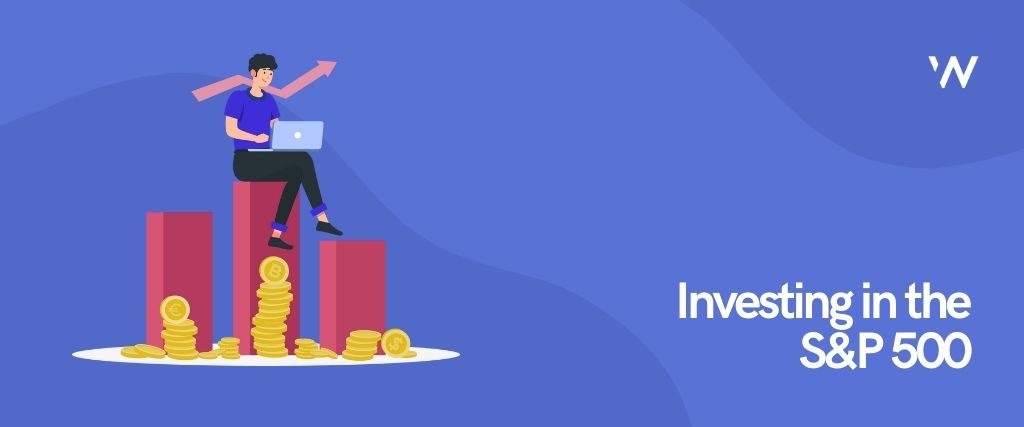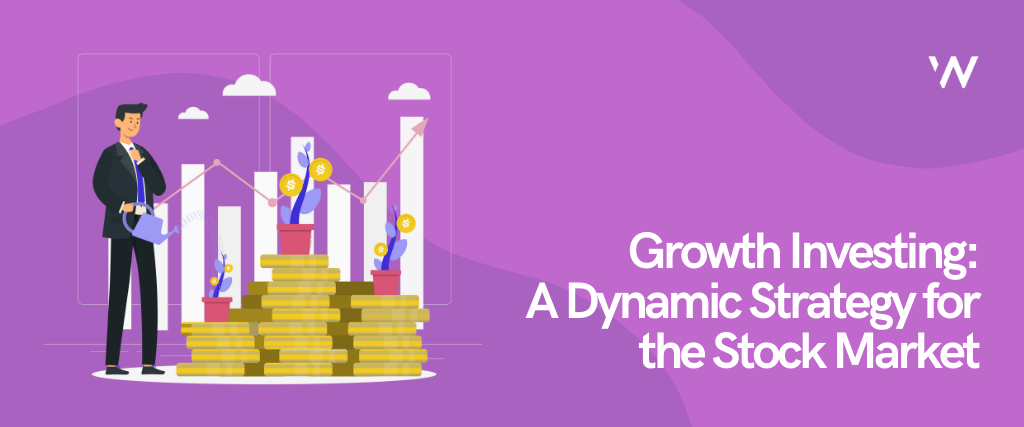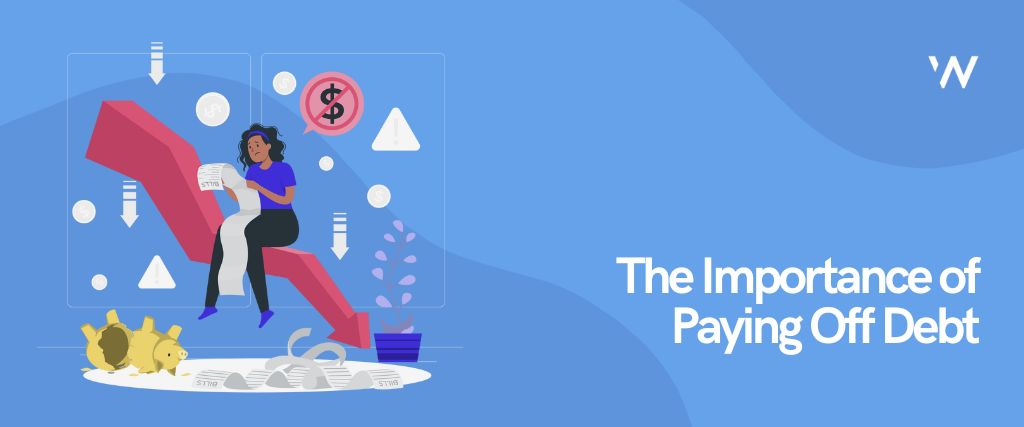<strong>The State of Interest Rates in the United States: Implications for Investors</strong>
What Are Interest Rate Hikes?
Interest rates are a linchpin in the wheel of economic activity, both in the U.S. and abroad, having the power to influence markets and shape investment decisions. This integral role in the financial sphere makes it essential for seasoned and novice investors to comprehend the implications of high rates and interest rate hikes.
Recently, the United States has observed a steady climb in interest rates, which carries significant implications for investors. "Although inflation has moved down from its peak - a welcome development - it remains too high," said Federal Reserve Chair Jerome Powell in a keynote last month.
The reality is the current U.S. inflation rate, while in decline, has reached its highest level since the early 80s. High and low-interest rates significantly impact the economy, banks, mortgages, consumers, and, consequently, investing. In this article, we examine the current rise in interest rates, delve into its importance in the larger economic scenario, and scrutinize the potential impact of rate hikes on investment strategies.

From the bond and stock market to portfolio management, we will equip you with crucial insights and information to confidently navigate the choppy waters of high inflation. Whether you are an aspiring investor or a seasoned market player, this comprehensive look at the role of interest rates for investors can help you understand and adapt to the dynamic world of rising interest rates.
The Current State of Interest Rates in the US
The interest rate landscape in the United States has undergone substantial changes recently, with a noticeable upward trajectory. A key catalyst for this has been the response to the COVID-19 pandemic. The U.S. Federal Reserve slashed interest rates to near-zero levels in March 2020 to mitigate the pandemic's economic fallout. This served as a stimulus measure, facilitating borrowing and encouraging consumer spending to rejuvenate the economy.
However, inflation fears emerged as the economy rebounded in 2021, coupled with increased vaccination rates and fiscal stimulus. This pressure was further intensified by supply chain disruptions and labor shortages, which further stoked inflation rates. In response, the Fed has signaled a potential increase in interest rates to keep inflation in check.
Adding to this complex scenario are international factors. The global economy's interconnectedness implies that economic activity in other countries can affect the Fed's decisions on interest rates. For instance, a slowdown in other major economies can lead to a decrease in demand for American goods, impacting the nation's economic growth and, consequently, its interest rates.
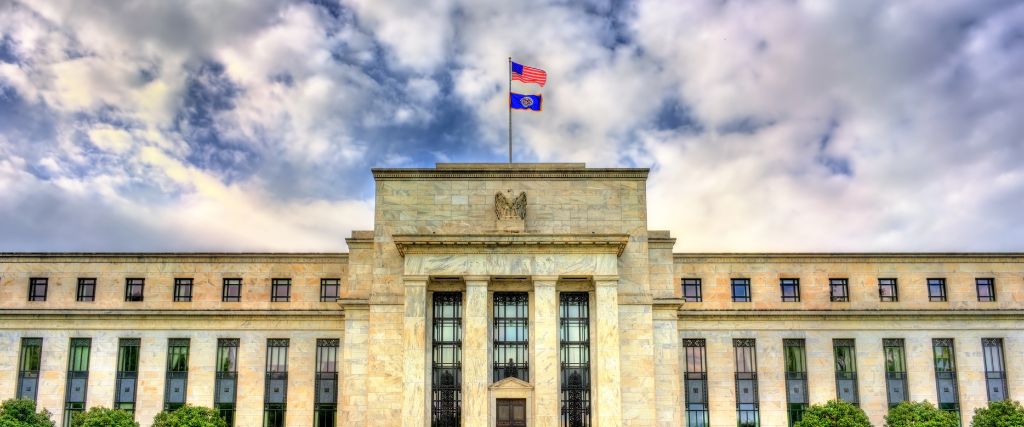
According to Fed Chair Jerome Powell, “The lower monthly readings for core inflation in June and July were welcome, but two months of good data are only the beginning of what it will take to build confidence that inflation is moving sustainably toward our goal.” A few months of positive momentum with interest rates are great, but fed officials are holding out for a positive year.
In summary, factors such as the pandemic response and subsequent rebound, inflation concerns, and global economic trends have contributed to the changing landscape of interest rates in the U.S. The upward trend underscores investors' importance in staying informed and adapting their strategies accordingly.
The Role of Politics
Politics can be critical in shaping interest rates, as political decisions and ideologies often influence economic policies. Specifically, one of the ways politics can impact inflation and, consequently, interest rates is through fiscal policy measures. For instance, the government's decision to increase spending can stimulate economic activity, driving up demand for goods and services. However, if the supply of these goods and services doesn't keep pace, prices can rise, leading to inflation and harming the economy. And policy-making politicians sometimes take the recommendations of the Federal Reserve.
Another political factor is the national debt. The U.S. government finances its deficit spending by issuing Treasury bonds, notes, and bills. Both domestic and foreign investors buy these securities. The government may raise interest rates to attract more investors when the federal debt increases.
Moreover, political tension and trade policies can also impact inflation. For example, tariffs or trade restrictions can increase the cost of imported goods, contributing to price inflation.
Recently, some vital political actions, such as the unprecedented fiscal stimulus measures in response to the COVID-19 pandemic and accommodative monetary policy, have been pointed to as potential contributors to inflationary pressures.

As such, political actions and decisions hold substantial sway over economic outcomes, including interest rates. Investors should, therefore, consider the political landscape as a critical part of their strategy when assessing the potential impact of rising interest rates on their investment portfolios.
Interest Rates and Unemployment
The relationship between rising interest rates and unemployment is complex, mediated mainly by the broader economic environment. Interest rate hikes can lead to increased unemployment. This is because borrowing costs for businesses also increase as interest rates rise. Higher interest rates can be a deterrent for companies reliant on borrowed capital to fund expansion, hiring, and other operational costs. Consequently, these businesses may pull back on expansion plans, potentially leading to slower job creation or even job cuts.
For instance, during the 1981-1982 recession period, the Federal Reserve raised interest rates to combat inflation, which reached a high of 14.8%. The higher interest rates, however, also led to increased unemployment, which peaked at 10.8% in November 1982.
However, it's important to note that the relationship can sometimes be complicated. Other factors, such as the overall health of the economy, fiscal policies, and global economic conditions, also influence unemployment rates. Therefore, while higher interest rates can contribute to an increase in unemployment, they are not the sole determinants.
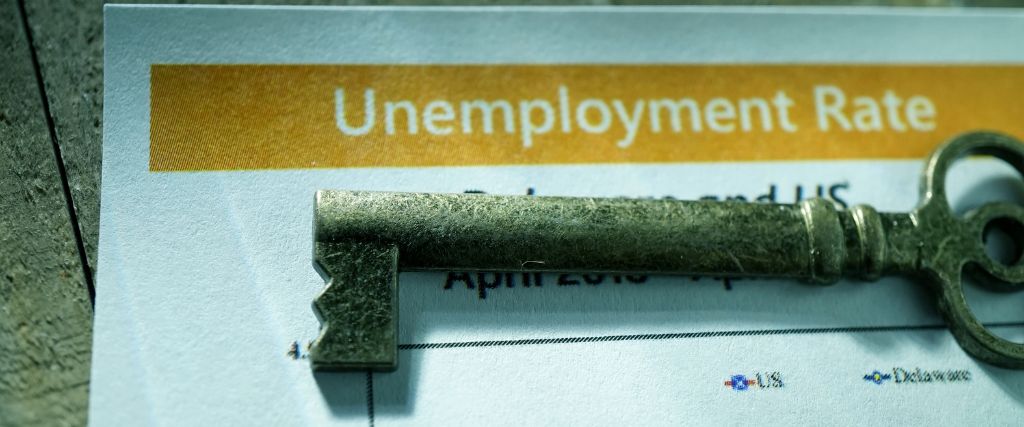
Inflation Around the World
Inflation rates across the globe provide an interesting comparative study against the backdrop of rising inflation in the United States. In the Eurozone, for example, inflation has been on an upward trajectory, with the European Central Bank battling to maintain price stability. The surge in energy prices and supply chain disruptions have been significant drivers of this situation, akin to the U.S. scenario.
Meanwhile, inflation has spiked beyond the Bank of England's 2% target in the United Kingdom. Post-Brexit trade disruptions and a robust recovery from the pandemic-induced recession have primarily driven consumer price rises.
In contrast, despite several measures to stimulate economic growth and achieve its inflation target, Japan grapples with persistently low inflation. This variance in inflation dynamics underscores the diversity of economic conditions and policy responses across different countries.
However, rising inflation is a global concern irrespective of the region, with central banks closely monitoring the situation worldwide. For U.S. investors, understanding these global inflation trends can provide a broader perspective on the economic environment and help inform investment decisions in the face of rising interest U.S. rates.
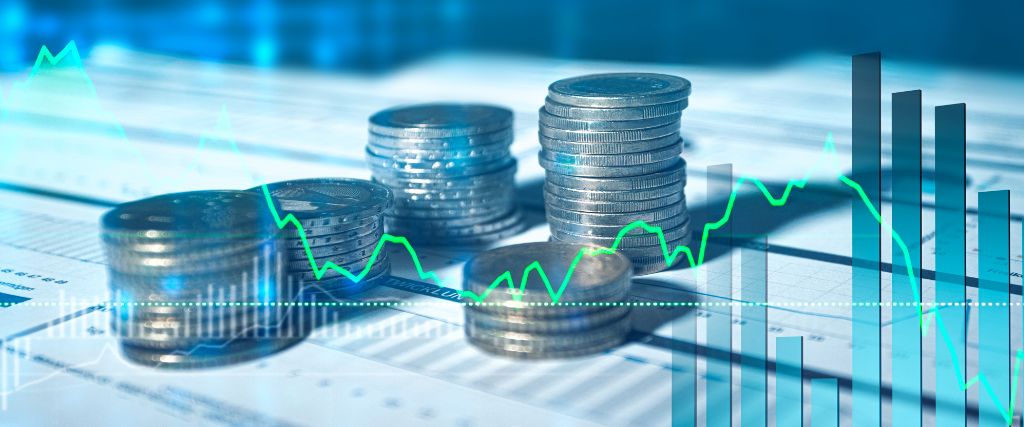
How Interest Rates Affect Investments
Interest rates serve as a fundamental determinant in the investment landscape. They have an inverse relationship with the price of bonds; as interest rates rise, bond prices typically fall, and vice versa. This phenomenon is due to the fixed interest payments that bonds offer. When the interest rates increase, newly issued bonds come with higher yields, making the older bonds with lower products less attractive, thus driving down their prices.
For the stock market, the relationship is more multifaceted. Rising interest rates make borrowing costlier for corporations, potentially leading to reduced profits or slower growth, negatively affecting stock prices. On the other hand, higher interest rates can deter investors from the equity market and shift towards fixed-income securities, leading to a decrease in stock demand. However, the overall impact on stocks largely depends on the specific circumstances, including the reasons for the interest rate hike and the economy's overall health.
In the world of real estate, higher interest rates can make mortgages more expensive, possibly leading to a slowdown in the housing market. However, real estate can hedge against inflation, which is often a concern when we see rising interest rates.
In short, interest rates play a crucial role in shaping the risk and return profile of various investment vehicles, making it a key factor for investors to monitor.

Different Types of Investments and Their Sensitivity to Interest Rates
Various types of investments respond differently to changes in interest rates. Understanding this sensitivity can help investors make informed decisions, optimize their portfolios, and mitigate potential risks.
- Bonds: As mentioned earlier, there is an inverse relationship between bond prices and interest rates. As rates rise, existing bonds' fixed interest payments become less attractive than newly issued bonds, leading to a decrease in their market value. This dynamic particularly impacts long-term bonds, which lock in their rates for longer and are thus more sensitive to interest rate changes.
- Stocks: The impact of interest rates on supplies is multifaceted and depends on several factors. Higher interest rates can increase a company's borrowing costs, potentially impacting its profitability and, in turn, its stock price. High interest rates may also lead investors to shift from riskier equities to safer fixed-income securities, affecting the stock demand.
- Real Estate: Changes in interest rates can significantly affect the real estate market. Higher interest rates increase the cost of mortgage rates, which can reduce the demand for real estate and lead to decreased property values. On the other hand, in an inflationary environment often associated with rising rates, real estate can serve as a good hedge.
- Mutual Funds: The impact on mutual funds depends on the types of securities in the fund. Bond funds will likely suffer in a rising interest rate environment, while stock funds might experience volatility. However, certain funds, like floating rate funds or funds that invest in sectors less sensitive to interest rate changes, may fare better.
- Cash Investments: These include investments like savings accounts and CDs. They generally become more attractive as interest rates rise, offering higher yields with minimal risk. Unfortunately, interest from savings accounts has not been able to keep pace with the rising inflation rates.
In conclusion, understanding the interplay between interest rates and various types of investments is essential in managing a well-diversified and balanced portfolio. By staying attuned to shifts in the interest rate environment, investors can strategically adjust their investment mix, manage risks, and maximize returns.
Impact on Bond and Stock Market
Interest rates significantly influence bond and stock markets, often creating ripple effects that extend beyond these markets. Here, we delve into specifics underpinned by real-world data and examples.
In the bond market, a rise in interest rates corresponds to a price drop. Consider a hypothetical scenario where the Fed increases interest rates from 2% to 3%. Bonds issued before this increase, offering a fixed interest rate of 2%, would be less lucrative to investors than new bonds providing 3%. Consequently, the price of these older bonds decreases in the market until their yield aligns with the new, higher interest rate.
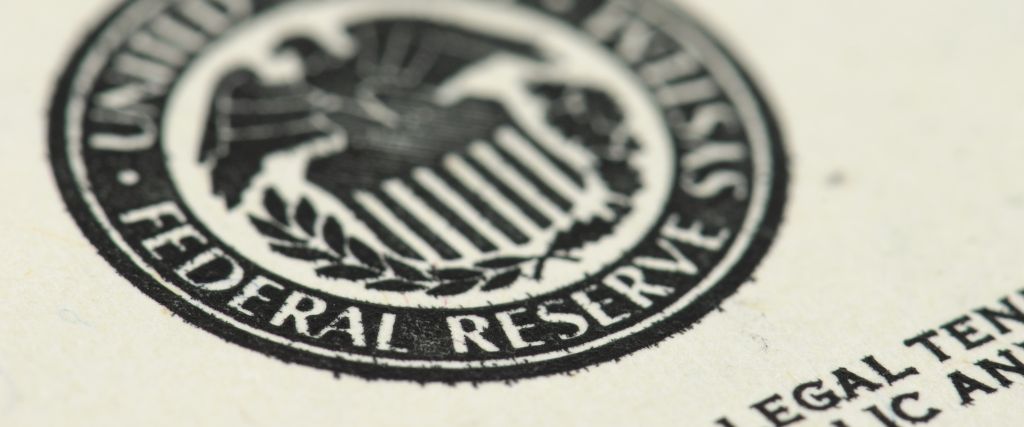
For instance, in 2013 — a period known as the "Taper Tantrum" — the 10-year Treasury yield jumped from about 1.6% in May to 3% in September on expectations of the Fed reducing its bond purchases. Bond prices tumbled during this period due to this sharp increase in yields.
In the stock market, the effect of interest rates is more complex. If the Fed hikes interest rates, borrowing becomes more expensive for companies, which could reduce profits and, subsequently, share prices. For example 2018, the S&P 500 Index fell roughly 20% from October to December as the Fed hiked rates four times over the year.
However, context is vital. If interest rates rise because the economy is doing well, the positive impact on companies' earnings may offset the adverse effects of higher borrowing costs. This was evident in 2017 when the S&P 500 Index gained around 19% while the Fed hiked rates three times.
In conclusion, while the correlation between interest rates and bond prices is relatively straightforward, the relationship with stock prices is nuanced and influenced by many factors. Investors should keep track of interest rate trends and contextual influences to make informed investment decisions.
Strategies for Investors in a High-Interest Rate Environment
When navigating a high-interest-rate environment, investors must consider several strategies to optimize their portfolio performance.

- Stocks: High interest rates often mean increased company borrowing costs, leading to decreased profitability and lower stock prices. However, not all sectors are equally affected. In such a scenario, investors should consider stocks from industries less impacted by interest rates, like technology or healthcare, or companies with little to no debt. It's also beneficial to consider value stocks, which are often less sensitive to interest rate fluctuations than growth stocks.
- Bonds: Given the inverse relationship between bonds and interest rates, consider shorter-duration bonds. These are less sensitive to interest rate changes compared to their long-duration counterparts. Additionally, floating-rate bonds, whose interest payments adjust with current interest rates, can be a good choice under rising rates.
- Mutual Funds: Regarding mutual funds, consider shifting towards funds that invest in sectors less sensitive to interest rate changes or those that focus on short-term bonds. Floating-rate funds can also be attractive in a high interest rate environment.
- Portfolio Management: In addition to these specific investment strategies, it's essential to maintain a diversified portfolio. High interest rates should only lead to a partial overhaul of your investment strategy but rather incite a rebalancing and reassessment of risks. Don't abandon one asset class entirely; diversification can help manage risk and smooth out returns over time. Moreover, keep a close eye on the Fed's actions and economic indicators, as these will provide clues about future interest rate movements.
Remember, while high interest rates pose challenges, they open up new investor opportunities. By staying informed and flexible, investors can adapt their strategies to take advantage of these opportunities and continue to grow their portfolios.

Our Solution
One of the best ways to stay ahead of rising inflation is to start putting your money to work, ideally generating returns that can outpace inflation rates - savings accounts just can't keep up. While the rise in inflation rates is alarming for the economy, it’s still a tiny number, and successfully outpacing that rate with investment returns isn’t as challenging as you may think.
Investing is a good idea for setting up a secure financial future. Savings accounts are outstanding, but they’re unable to compete with rising inflation rates. 401k accounts are always a good idea, too, but that money isn’t accessible until retirement.
So, you’re ready to start investing in the stock market to combat inflation. But if you’re new to investing, you’ll probably need some financial expertise to help you on your investing journey, especially if you want to build a diverse and rewarding portfolio. If you go to a bank for advice, they will ask for an initial investment in the six figures, while most investing apps don’t offer any guidance.
That’s where Wizest comes in. We created an investing solution to democratize the stock market and remove some barriers to entry that discourage novice investors. We understand the stock market can be intimidating and overwhelming and that most people’s lives are too busy to spend hours analyzing the market and making thoughtful investments.
Wizest lets you pick people instead of stocks. You can build your team of financial experts by browsing their Expert Profiles and Portfolios like you would on a social media platform. Building your team takes just minutes, replicating the portfolios of Experts with one click after you check out their profiles. It’s like fantasy football for investing, and you can shuffle your team of Experts anytime!
Sign up for Wizest today to take advantage of our limited-time Launch Pricing!
An Introduction to S&P 500 (Standard & Poo...
2023-09-28
Take a deep dive into the strategy of investing in the S&P 500. Explore the basics and the reasons t...
Read moreGrowth Investing - A Dynamic Strategy for the Stoc...
2023-10-17
The fundamental concept of growth investing is finding companies that will to increase in value, pro...
Read morePaying Off Debt: The First Step to Financial Freed...
2023-10-24
Navigating the world of finance can be overwhelming. Creating a budget and paying off debt is the fi...
Read more
